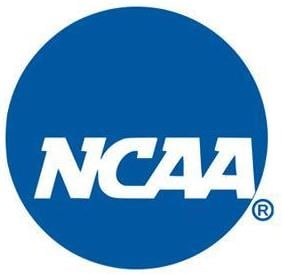
Still not sure how to fill out your brackets for the NCAA women’s tournament? With March Madness only days away, we’re here to help!
But don’t blame us if you don’t win the office pool. Remember, our name is Inside Higher Ed—not Inside College Basketball. So, as has been our tradition every year since our founding, we present the annual results of the National Collegiate Athletic Association’s Division I women’s basketball tournament we’d like to see: the one in which academic performance trounces athleticism on the court every time.
To determine the winners of each game, we compare the academic performance of teams using the NCAA’s own (imperfect) metrics for judging academic success. We start with the academic progress rate, the NCAA’s multiyear measure of a team’s academic performance. Among other things, the APR excludes athletes who leave in good academic standing, so high-octane programs where players tend to go pro early can still fare well on the measure.
A quirk about this year’s data: the NCAA suspended publication of its members’ academic progress rate statistics in 2021 and 2022, in response to the impact of the COVID-19 pandemic. So this year’s Inside Higher Ed bracket, like last year’s, is based on the 2018–19 data, which remain the most recent available.
When two teams tie going head to head on the APR, we turn to the NCAA’s graduation success rate for 2020–21, which measures the proportion of athletes who graduated within six years of entering the institution. The graduation success rate also excludes athletes who leave the institution in good academic standing and credits programs for players who transfer in and go on to graduate from the institution. As a result, the rates on average are significantly higher than the federal graduation rate, the formula the federal government uses to track graduation rates for all students.
But when the two teams in any given bracket run neck and neck on both the APR and the GSR—which occurred with surprising frequency in this year’s women’s slate—we let the team’s performance on the federal graduation rate break the tie.
If you’re wondering why “DePauw” is written in by hand: its opening game against the University of Dayton takes place before the pools begin Thursday, so the winner of that game makes it into the first round of 64 teams. And according to our metrics, DePauw takes it all the way to the Final Four.
As a means of predicting the champion, our methodology is certainly no less reliable than the random bracket generator offered by sites like ESPN and The Athletic. And at least you can feel good knowing you’re basing your picks, more or less, on the academic success of each team’s players.
So without further delay, here’s a look at how March Madness would play out if academics, not athletic skill, held sway.

from Inside Higher Ed | News https://ift.tt/m5twgT8


No comments:
Post a Comment